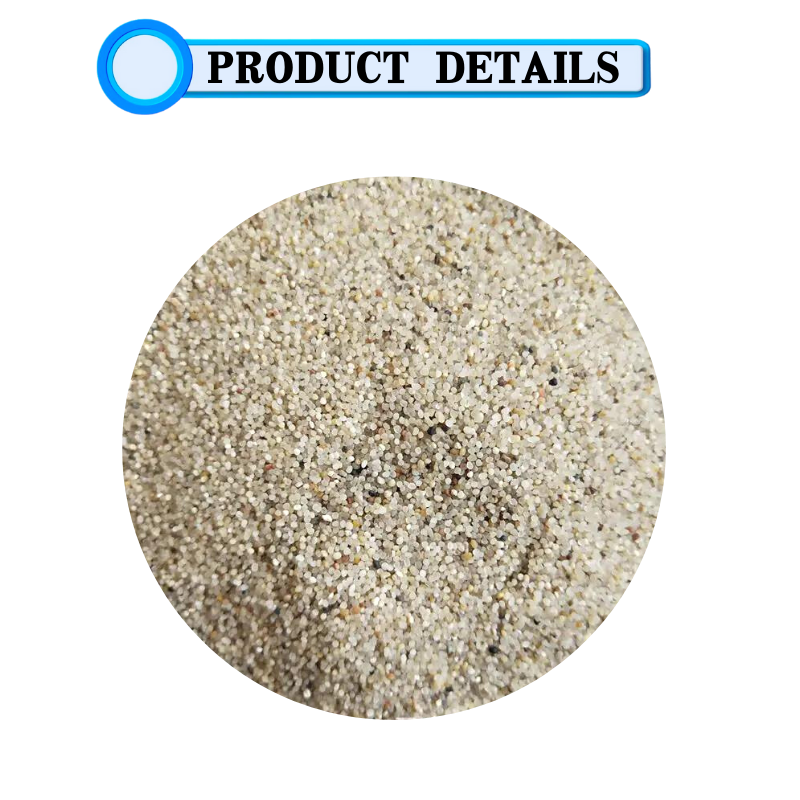
Dolomite Powder for Paint Production and Quality Improvement in Manufacturing
Dolomite Powder for Paint Manufacturers A Key Ingredient for Quality Finishes
Dolomite powder has become increasingly popular in the paint manufacturing industry due to its unique properties and versatility. This natural mineral, primarily composed of calcium magnesium carbonate, offers numerous advantages that enhance the quality and performance of paints. In this article, we will explore the significance of dolomite powder in paint formulations and why manufacturers are turning to this exceptional material.
The Composition and Characteristics of Dolomite Powder
Dolomite powder is derived from the crushing and grinding of dolomite rock, which is recognized for its high purity and fine particle size. The chemical composition typically features 54% calcium carbonate (CaCO3) and 43% magnesium carbonate (MgCO3), along with trace elements that can provide additional benefits. This combination not only provides essential minerals but also contributes to the overall stability and durability of paint products.
One of the defining characteristics of dolomite powder is its excellent whiteness and brightness. This property is crucial for achieving vibrant colors in paints and coatings. When integrated into formulations, dolomite powder can enhance the opacity and brightness of the final product, leading to a more visually appealing finish.
Benefits of Using Dolomite Powder in Paint Manufacturing
1. Improved Texture and Consistency Dolomite powder helps in achieving a smoother texture in paint formulations. Its fine particle size allows it to blend seamlessly with other ingredients, resulting in a consistent and uniform product that is easy to apply. This property is particularly beneficial in improving the viscosity and stability of paint, ensuring that it adheres well to surfaces without running or dripping.
dolomite powder for paint manufacturers

2. Enhanced Durability The addition of dolomite powder in paint formulations can significantly improve the durability of the end product. Dolomite acts as a filler, providing additional strength to the paint film. This results in coatings that are more resistant to wear, weathering, and UV degradation, prolonging the lifespan of the paint when applied to surfaces.
3. Cost-Effectiveness As a naturally abundant mineral, dolomite powder is often more cost-effective than synthetic additives. Its availability in large quantities allows paint manufacturers to reduce production costs while maintaining high-quality standards. This economic advantage is increasingly important in a competitive market where profit margins can be tight.
4. Environmental Considerations With an increasing focus on sustainability, paints made with dolomite powder appeal to environmentally conscious consumers. Dolomite is a natural, non-toxic mineral, making it a safer choice compared to many synthetic alternatives. The use of such materials aligns with the growing demand for eco-friendly paints that minimize environmental impact.
5. Versatile Applications Dolomite powder is not limited to just one type of paint formulation; it can be effectively utilized in various applications, including water-based, solvent-based, industrial, and architectural paints. Its versatility makes it a valuable ingredient for manufacturers looking to create a diverse range of products.
Conclusion
In summary, dolomite powder has established itself as an essential component for paint manufacturers aiming to improve the quality and performance of their products. With its unique composition, cost-effectiveness, and environmental benefits, dolomite serves as a reliable filler that enhances texture, durability, and visual appeal. As the paint industry continues to evolve, the use of dolomite powder is expected to grow, offering new opportunities for manufacturers to meet the ever-changing demands of consumers and the marketplace. Embracing this natural mineral is not just a choice for product improvement, but also a step towards sustainable practices in manufacturing.
Share
-
Premium Pigment Supplier Custom Solutions & Bulk OrdersNewsMay.30,2025
-
Top China Slag Fly Ash Manufacturer OEM Factory SolutionsNewsMay.30,2025
-
Natural Lava Rock & Pumice for Landscaping Durable Volcanic SolutionsNewsMay.30,2025
-
Custom Micro Silica Fume Powder Manufacturers High-Purity SolutionsNewsMay.29,2025
-
Custom Mica Powder Pigment Manufacturers Vibrant Colors & Bulk OrdersNewsMay.29,2025
-
Custom Micro Silica Fume Powder Manufacturers Premium QualityNewsMay.29,2025






